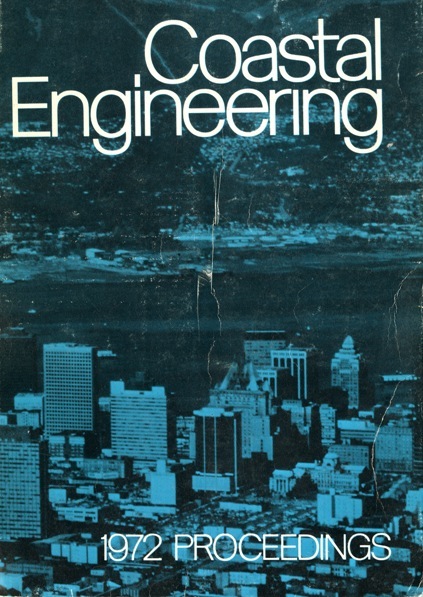Abstract
The Lower Fraser River, being continually developed for better navigation and larger port- facilities, is an area of active sedimentation. The dynamic processes influenced by river discharge, tides and winds are probably the most important factors in the transport and deposition of sediments in the estuary. The main part of the Fraser Estuary is vertically homogeneous (non-stratified) and the sediments are transported progressively seaward and are accumulated near the limit of net landward flow. The lower estuary is stratified and coarse sediments are trapped near the toe of the salt wedge while the fine sediments are carried seaward with the outflowing river water. The hydrometric and sediment survey of the lower Fraser River are described. Survey results are used in determining the sediment balance of the river reach. In the budget analysis, the river and estuary are divided into four consecutive reaches, the sediment discharges are subdivided to represent about 10 particle size ranges and the balance is then determined for each reach and particle size range. Conclusions are drawn with respect to the sediment transport and depositional characteristics, annual variations, and the agreement between the sediment entering the estuary and the sediment dredged.
Authors retain copyright and grant the Proceedings right of first publication with the work simultaneously licensed under a Creative Commons Attribution License that allows others to share the work with an acknowledgement of the work's authorship and initial publication in this Proceedings.

